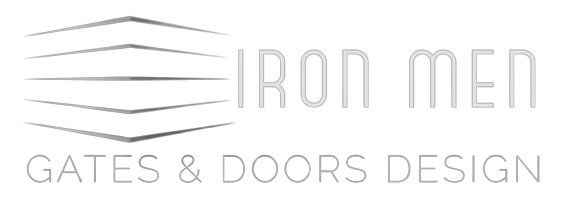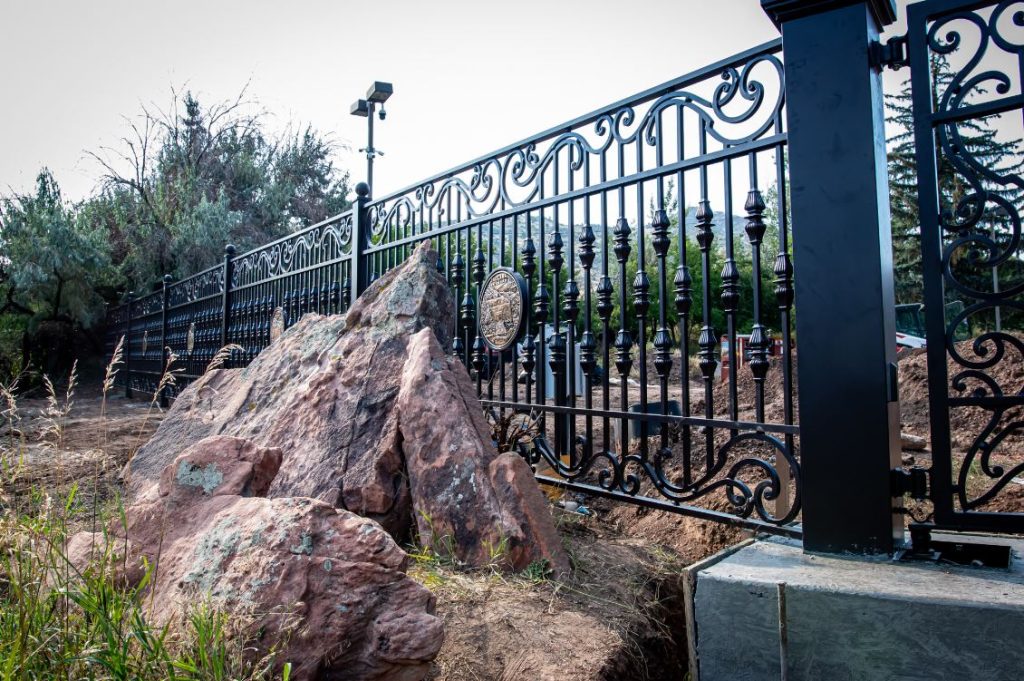In the broad realm of construction and fabrication, iron work services command a significant place due to their indispensability in creating resilient structures. The inherent strength, versatility, and durability of iron make it an ideal material for various applications ranging from building infrastructures to crafting intricate decorative elements.
However, the overall longevity and performance of iron-based structures are not solely contingent on the innate properties of this metal; they are equally influenced by the type of materials used in conjunction with iron and the specific treatments applied during the fabrication process.
The extensive use of alloys—composites made by combining two or more metallic elements—is a testament to this fact. Alloys enhance the physical properties of pure metals, making them more suitable for specific applications.
For instance, adding carbon to pure iron results in steel—an alloy known for its heightened strength and resistance against wear and tear. Similarly, surface treatments like galvanizing can significantly improve corrosion resistance, thereby extending the lifespan of iron structures.
This article aims to shed light on these commonly used materials in iron work services while elucidating how they contribute towards enhancing overall durability.
Exploring the Role of Alloys and Treatments in Enhancing Longevity of Structures
The incorporation of alloys and treatments in iron work services emerges as a quintessential symbol of strength and longevity, significantly enhancing the durability and lifespan of structures.
Alloys are a fusion of two or more metallic elements, which when combined, present superior properties compared to individual components. Notably, steel – an alloy predominantly composed of iron and carbon – is renowned for its high tensile strength and malleability. It has become a staple in construction due to these qualities coupled with its resistance to environmental effects such as rusting. Other popular choices include cast iron, distinguished by its great hardness and wear resistance, making it ideal for applications where durability is paramount.
Furthermore, various treatments have been developed to further enhance these inherent characteristics of alloys used in the field. Hot-dip galvanizing involves coating iron or steel with zinc, providing cathodic protection that inhibits corrosion effectively. Similarly, powder coating offers additional protection against weathering whilst simultaneously offering an aesthetically pleasing finish. The process involves applying powdered paint electrostatically onto metal surfaces then cured under heat to form a hard shell-like layer over the material’s surface.
These treatment methods not only contribute towards increasing overall structural integrity but also provide substantial economic benefits by reducing maintenance costs and extending service life cycles.

